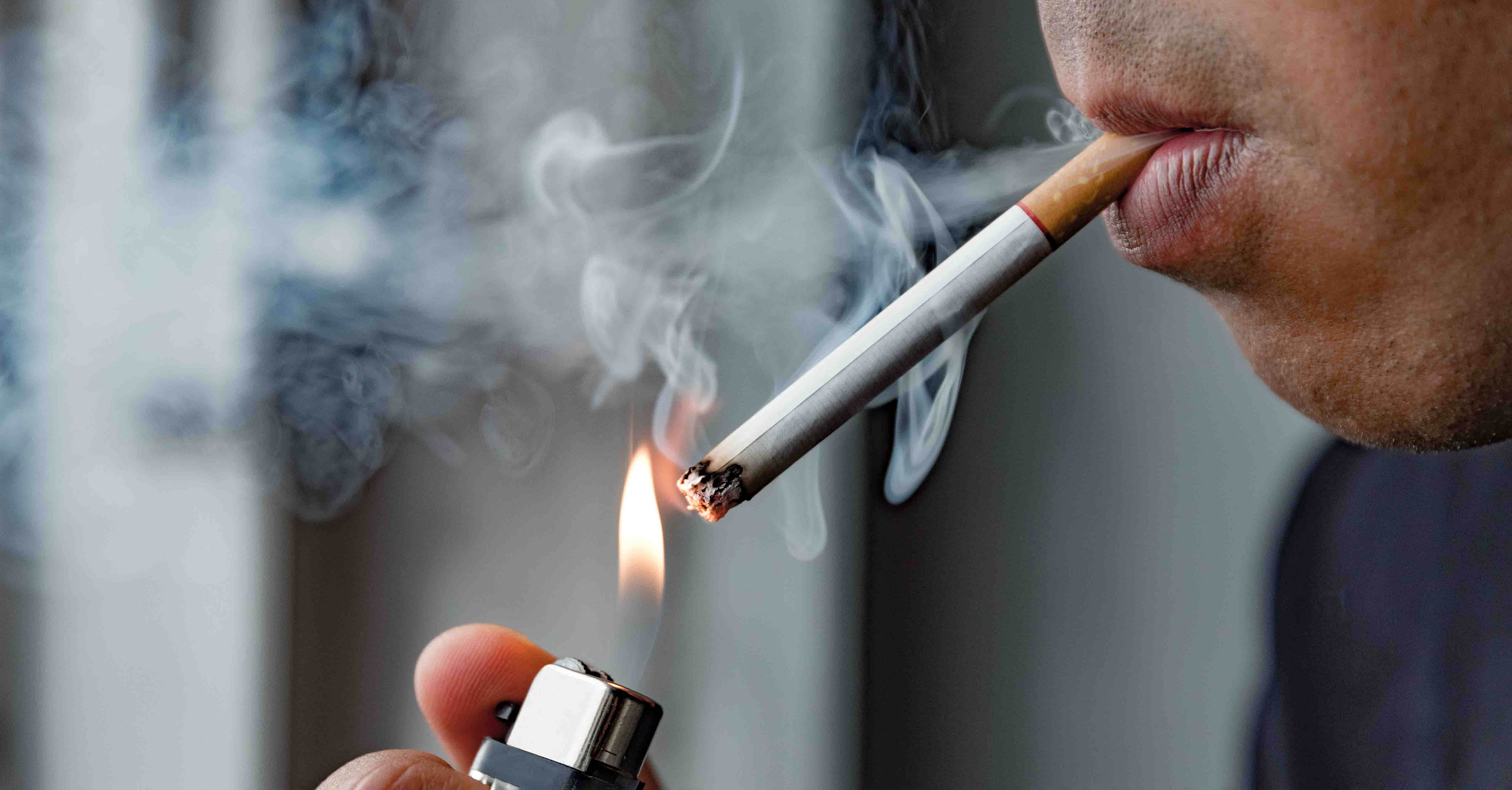Michigan Public Health database serves as resource for researchers on Tobacco 21 laws

Researchers can now utilize a new interactive tool housing US data on Tobacco 21 (T21) laws—regulations that raise the minimum age of the sale of tobacco products to 21. The Tobacco 21 Population Coverage Database documents T21 laws at local and county levels between 2014 and 2019, when T21 laws were rapidly growing across the country. Studies have shown that 85 percent of daily smokers begin smoking before the age of 21; thus, restricting the sale of tobacco products to individuals 21 and over can reduce overall tobacco usage.
Nancy Fleischer, associate professor of Epidemiology at the University of Michigan School of Public Health, worked on the database and highlights that data collected for this tool can be used by researchers to further study the effects and public health impact of T21 policies. “We created this database to estimate the proportion of the US population covered by T21 laws over time,” she said. “Other researchers can now link these data to other data sources, as we did recently in a paper examining the impact of T21 laws on youth smoking initiation.”
Laws raising the minimum age for the sale of tobacco products have increased since the early 2000s, with Needham, Massachusetts, becoming the first locality to pass a T21 law in 2003. New York City implemented a law in 2014, and in 2016, Hawaii became the first state to apply T21 regulations statewide. Notably, federal legislation raising the minimum age from 18 to 21 went into effect in December 2019.
